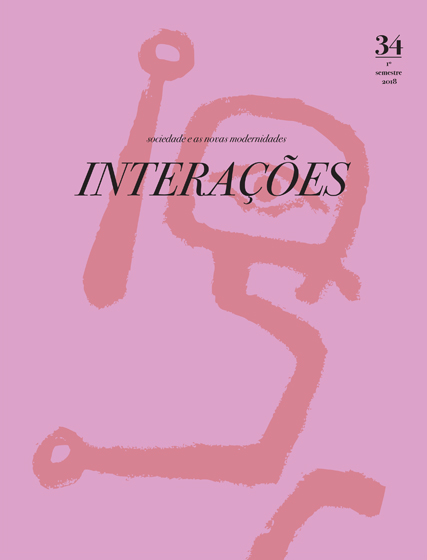An Era of AI-personation & Self(ie) Surveillance
DOI:
https://doi.org/10.31211/interacoes.n34.2018.a1Keywords:
social media, AI, selfie, surveillance, facial recognition, celebrityAbstract
Any discussion of the social invisibilities engendered by the Internet necessarily demands further questioning as to how visibility, as an increasing cultural norm, has produced new inequalities in real life. This contribution combines autoethnographic research, social media analysis, and data analytics with theoretical frameworks such as phenomenology and psychology to globally investigate our current culture of AI-catfishing, social media metrics, and metrics manipulation.
My paper raises questions about re-materializing digital divides and inequalities in the "offline world" through citing self-surveillance techniques and algorithmic biases to show how we are both at the whim of these AI-inflected prejudices but also complicit in reproducing them, whether through government coercion or our own cultural norms and rules. I trace our relationship with music technology to outline a trajectory of sensory disconnect and co-produced community — a framework for understanding current cultural phenomena and the ethics of distributed data, privacy, and the rendering of our bodies as a new kind of transaction, and currency. The rise of fake news is re-contextualized within the widespread rise of fake users: the various impersonations of self even and especially through AI.
Downloads
Downloads
Published
How to Cite
Issue
Section
License
The copyright of published works is retained by the author who grants Interações the original publication right. The published article can be used freely for educational, non-commercial purposes, in accordance with the Creative Commons License - Attribution-Non-Commercial 4.0 International, provided that the author, the title of the article, the title and number of the journal are cited together with the URL or DOI of the article.



